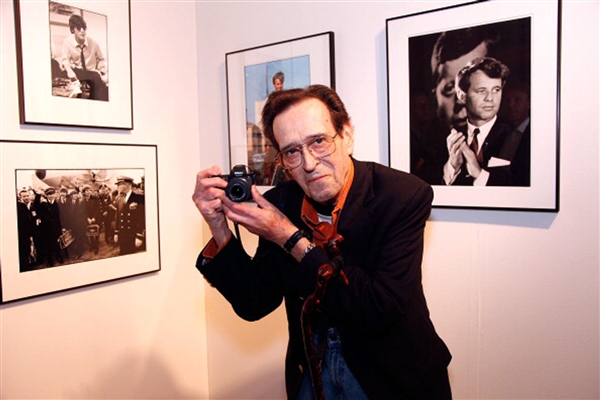
Bill Eppridge stands in front of his work at Photo LA’s 22nd Annual Photographic Art Exposition on January 17, 2003 in Santa Monica, California. Photo: Leslie Nestor Miranda, FilmMagic
Bill Eppridge, a celebrated photojournalist most famous for snapping Senator Robert F. Kennedy as he lay dying from a gunshot wound in 1968, has died at a hospital in Connecticut. He was 75.
Eppridge’s career lasted more than five decades and included stints working for magazines like National Geographic and Sports Illustrated. He photographed athletes and celebrities, documented Woodstock and the Beatles’ first concert in the U.S., and contributed award-winning photo essays to Life magazine.
But it was his picture of a dying Kennedy — a ghostly, back-lit image of the Senator lying on the floor of the Ambassador Hotel in Los Angeles, his head cradled by busboy Juan Romero — that would be his most famous achievement. The photograph captured the tragic moment perfectly, and Eppridge knew it.
“He said in effect he was no longer a photographer. He became a historian at that point,” said fellow Life photographer Bob Gomel. “He meant the picture was of such consequence it became a moment in history.”
The photo essay “Needle Park” is another stunning piece of Eppridge’s work. Published in Life magazine in 1965, it’s a harrowing portrait of “two lives lost to heroin.” The controversial spread, combined with reporting from Life associate editor James Mills, provided the basis for the 1971 movie Panic In Needle Park with Al Pacino. You can see the essay in its entirety at Life.com.
A new book of Eppridge’s photography, “The Beatles: Six Days That Changed the World. February, 1964,” is set to come out early next year.

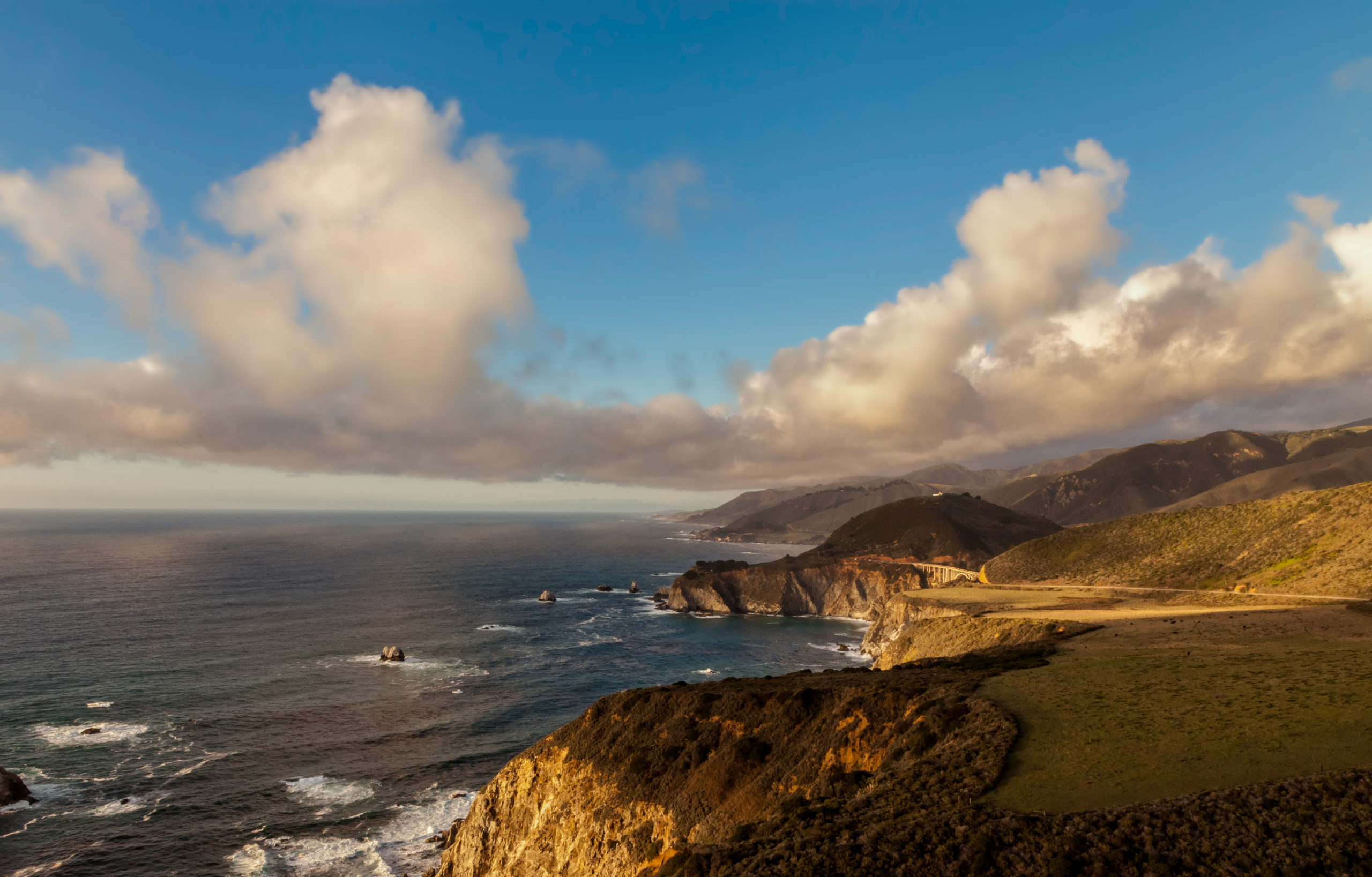
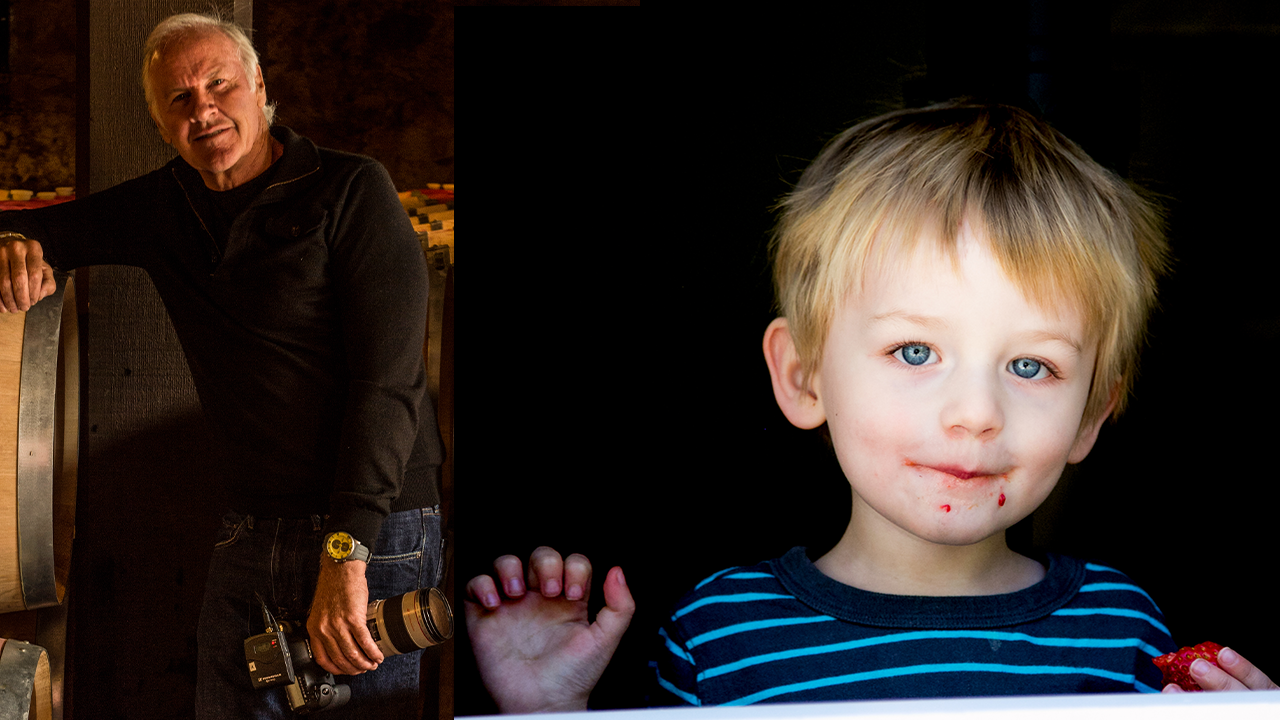
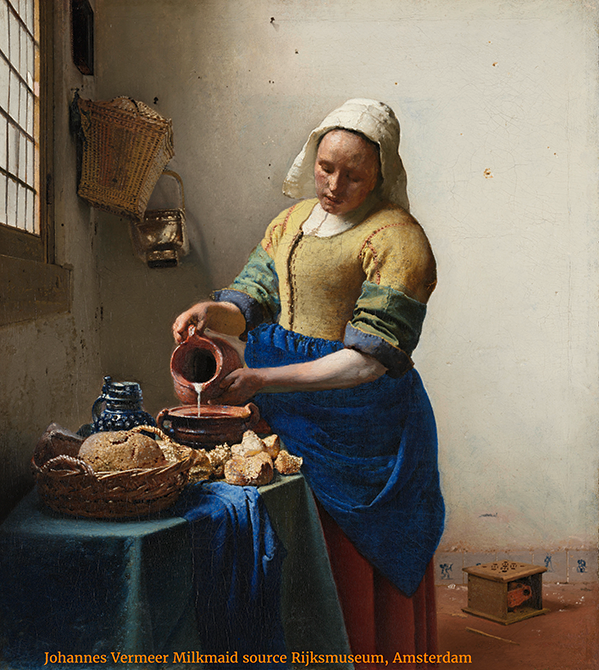
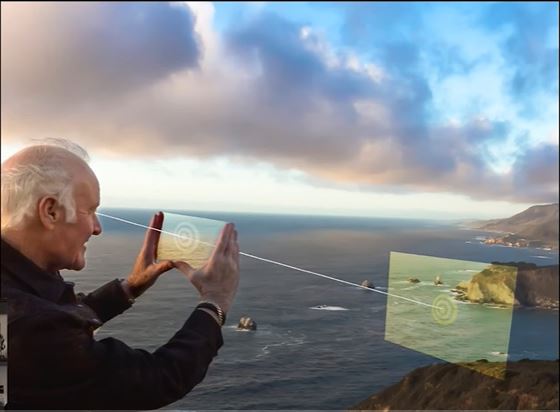

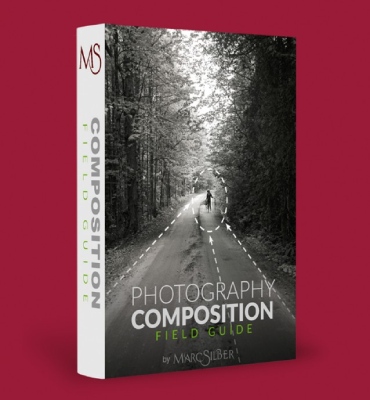
Leave A Comment
You must be logged in to post a comment.